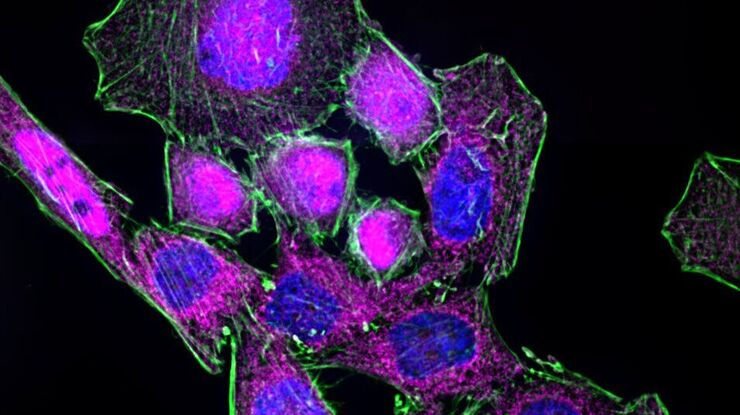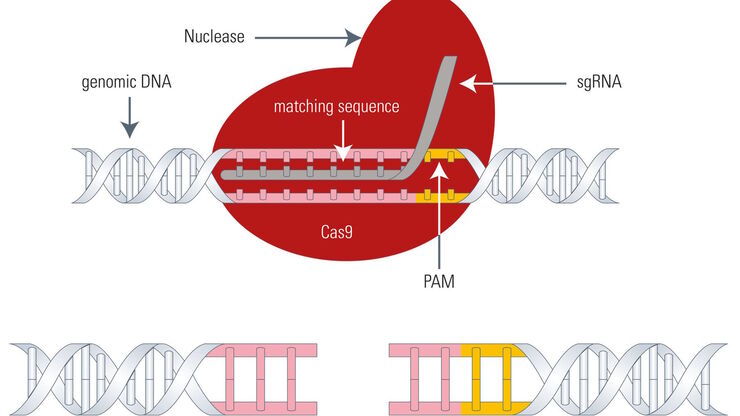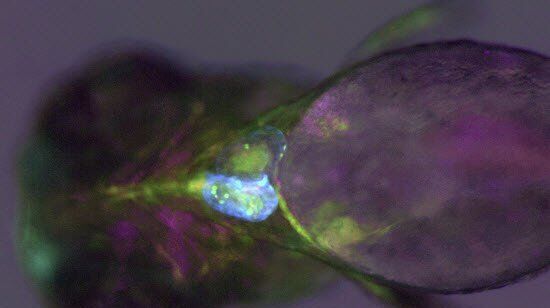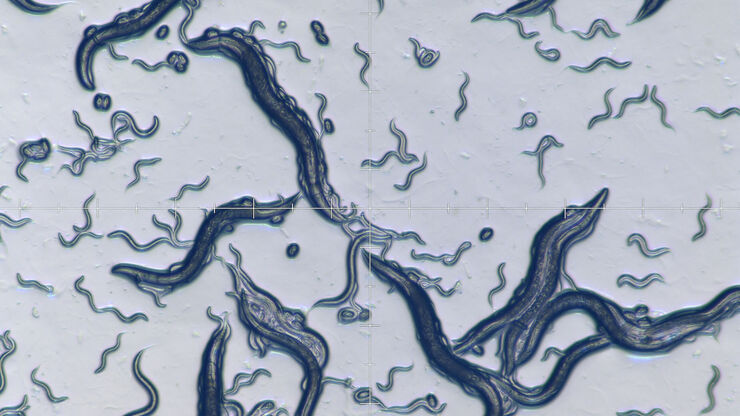Filter articles
标签
产品
Loading...

Milestones in Incident Light Fluorescence Microscopy
Since the middle of the last century, fluorescence microscopy developed into a bio scientific tool with one of the biggest impacts on our understanding of life. Watching cells and proteins with the…
Loading...

显微镜下的慢性炎症
在慢性炎症的过程中,身体的某些部位会反复发炎。许多人类疾病都是如此。在宽场光学显微镜的帮助下,可以对从细胞水平到整个生物体的潜在过程进行检查。本文介绍了几种宽场显微镜应用,如免疫荧光、活细胞成像、组织学和比率分析,以深入了解慢性炎症的发展、相关疾病及其治疗。
Loading...

Gene Editing with CRISPR/Cas9 - Breakthrough in Genome Engineering
The CRISPR/Cas9 system is one of several different bacterial systems for defense against viral attacks. It consists of two main components. One is a small piece of RNA which binds to the viral target…
Loading...

Imaging and Analyzing Zebrafish, Medaka, and Xenopus
Discover how to image and analyze zebrafish, medaka, and Xenopus frog model organisms efficiently with a microscope for developmental biology applications from this article.
Loading...

细菌实验方案 - 对大肠杆菌样本实施临界点干燥以进行SEM分析
徕卡EM CPD300的应用文档 - 生命科学研究,对大肠杆菌样本实施临界点干燥后,进行铂/钯金属镀膜,后用SEM拍摄微观形貌,将样本放入一个滤盘中(孔径:16-40μm),置入滤盘和多孔样品架内。在含有培养基的琼脂上培养真菌和细菌,为期3天。选取部分细菌菌落。
Loading...

研究果蝇(黑腹果蝇Drosophila melanogaster)
由于每个实验室的需求可能会有很大的差异,本文展示了科学家和技术人员研究果蝇并使用不同显微镜设置的的实例。此外,基于不同果蝇实验室的经验介绍了推荐的工作流程。本文可以作为建立或扩展果蝇实验室时的参考或指南。
Loading...

研究秀丽隐杆线虫(C. elegans)
对于在研究实验室或教室中使用秀丽隐杆线虫(C. elegans)的科学家、技术人员和教师,本报告旨在提供有用的信息,以帮助改进他们的日常工作。其目的是使拾取虫体、转基因、RNA干扰、筛选和功能成像等工作步骤更加高效。本报告还详细介绍了配置研究虫实验室或生物教室/教学实验室的各种可能性,并解释了有关研究虫体方法的内容。
Loading...

高分辨率共聚焦显微镜的 BABB 清洗和成像
Multipohoton microscopy experiment using Leica TCS SP8 MP and Leica 20x/0.95 NA BABB immersion objective.
Understanding kidney microanatomy is key to detecting and identifying early events in kidney…
Loading...

环氧树脂包埋的动物和人体组织的用于病理诊断和研究
徕卡EM AMW应用说明——组织通常在改良的卡诺夫斯基固定剂中通过浸泡过夜(室温下至少4小时)进行固定。然后用锋利的刀片切割成约1mm3的小块,用于在徕卡EM AMW中进行包埋。

